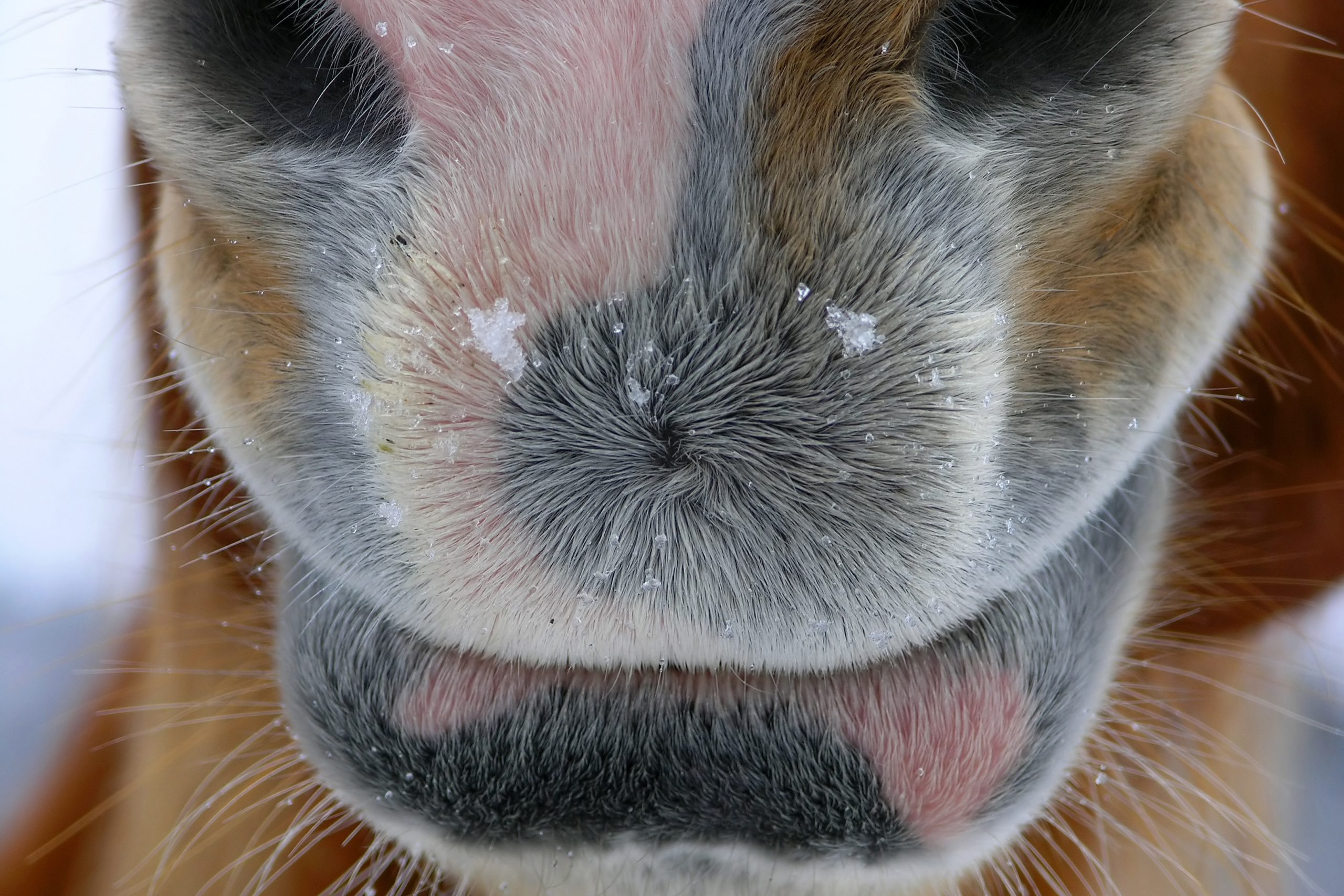Obesity: a problem in ponies

A third of ponies are considered obese. This increased the risks of a painful and debilitating hoof condition called laminitis. This is stated in a new paper, published in the Australian Veterinary Journal.
According to the authors of the paper some owners may not recognise when their animals are putting on excessive weight. This is made harder by the fact that ponies and some breeds of horses put on body fat very easily, even on moderate hay or pasture alone. Earlier studies (in the UK) found that obesity and a high incidence of laminitis often come together.
Study in Australia
Risk factors for obesity include for example:
- breed,
- whether or not the horse or pony was fed additional food or treats during winter,
- had a new injury between winter and summer measurement or
- having a new companion between winter and summer.
To further investigate this, a study was done in Australia, carried out by researchers from the Faculty of Veterinary and Agricultural Sciences at Melbourne University, in collaboration with Waltham. The aim was to find out if there were links between diet, obesity and laminitis risk in ponies and horses in Victoria State, Australia.
Also interesting: Choosing the best essential fatty acids for horses
Obesity: found more in Shetland ponies
It was shown that nearly one third of the ponies in particular were considered obese when measured using an objective scoring system. The prevalence of researcher-assessed obesity (BCS ≥7/9) in the total surveyed population was 23.1%. A higher prevalence of obesity was identified in Shetland ponies (71.5%) and other pony types (32.0%) compared with horse breeds (9.3%). Owners perceived their animals to be in significantly lower body condition compared with the researchers’ assessments.
Also interesting: Insulin resistance in horses differs per breed
Awareness and education
Knowing the prevalence of obesity in this population and understanding how owners perceive the body condition of their animals may help with targeting education around preventative health care, with the aim of reducing the risk of conditions such as insulin dysregulation and laminitis. Also limiting pasture turnout, management of body condition and reducing starch and sugar intake are important factors to consider in the prevention of obesity in ponies.
[Source: Waltham]











